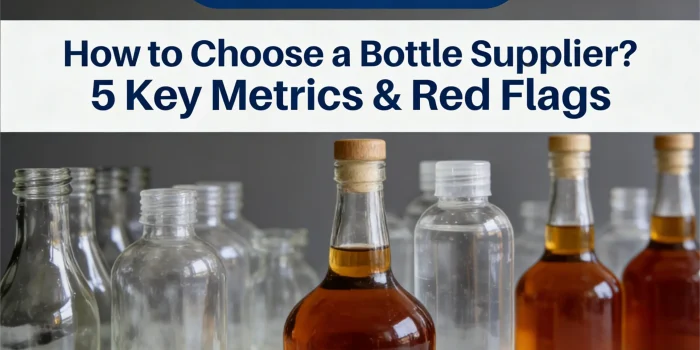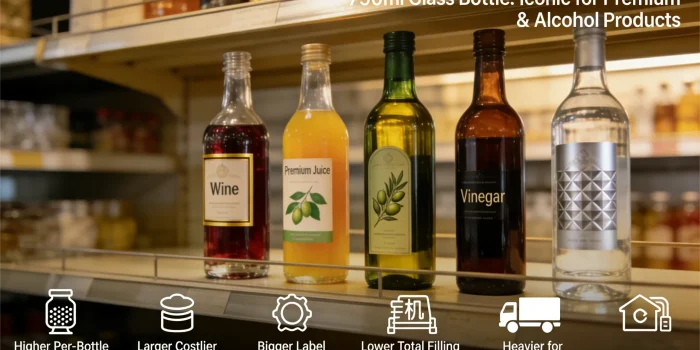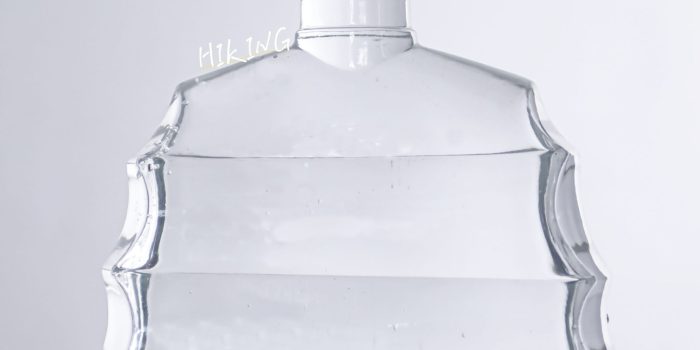
Customization Options: Tailoring Spirit Glass Bottles to Your Brand
Customization options for spirit glass bottles, designed to help you perfectly align them with your brand identity:
Core Customization Areas:
-
The Bottle Itself:
-
Shape & Silhouette:
-
Stock Bottles: Choose from hundreds of existing molds offered by glass manufacturers. Options range from classic round (Bordeaux, Burgundy) and flask styles to modern cubes, ovals, tall & slender, or short & stout. This is the most cost-effective route.
-
Custom Mold: Create a truly unique shape (e.g., a specific curve, embossed panel, distinct shoulder). *Significant investment (high tooling cost, minimum order quantities often 50k+ units), long lead time.*
-
-
Glass Color:
-
Standard: Flint (clear), Emerald Green, Antique Green (Amber), Cobalt Blue, Black (very dark amber).
-
Specialty: UV-filtering glass (for light-sensitive spirits), custom tints (requires large MOQs).
-
-
Glass Texture/Finish:
-
Surface: Smooth, Seeded (controlled bubbles), Hammered, Ice-like texture, Soft Touch coating.
-
Base: Flat, Concave (Punt – depth varies), Special punt shapes.
-
-
Weight & Thickness: Conveys premiumness (heavier) or eco-friendliness (lighter). Impacts cost and breakage risk.
-
Embossing/Debossing: Permanent raised (embossed) or recessed (debossed) designs directly in the glass.
-
Location: Front/Back label panels, shoulder, neck, base, punt.
-
Elements: Brand logo, name, crest, patterns, slogans, vintage year, batch number. Adds significant perceived value and tactility.
-
-
Bottle Height & Width: Impacts shelf presence and packaging design.
-
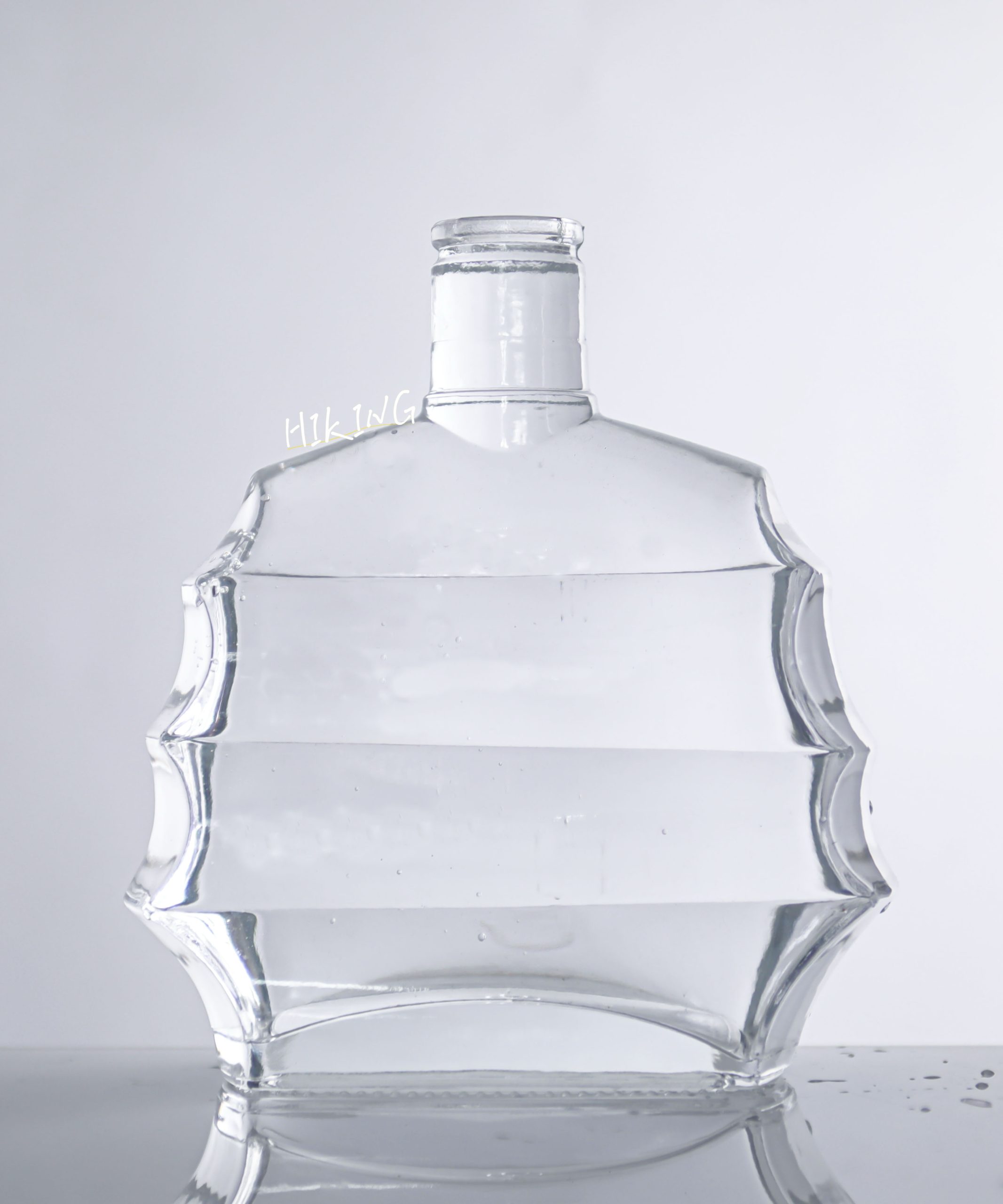
-
Decoration & Labeling:
-
Label Materials:
-
Paper: Matte, Gloss, Satin, Textured (linen, felt, recycled), Metallic, Kraft, Plastic (clear/white).
-
Specialty: Wood veneer, Leather, Fabric, Metalized foils.
-
-
Label Printing Techniques:
-
Offset: High-quality, detailed images, spot colors (best for larger runs).
-
Flexography: Cost-effective for simpler designs/larger runs.
-
Digital: Excellent for short runs, variable data, complex colors. Quality rivals offset.
-
Effects: Foil Stamping (Gold, Silver, Copper, Holographic), Spot UV (raised gloss areas), Embossing/Debossing (on the label itself), Soft Touch lamination, Glow-in-the-dark ink, Thermochromic (color-changing) ink.
-
-
Label Application:
-
Front & Back Labels: Standard.
-
Neck Labels/Hang Tags: Branding, awards, batch info.
-
Shoulder Labels: Small details or accents.
-
Wrap-Around Labels: Creates a continuous visual.
-
Direct Printing: Screen printing, pad printing, or digital printing directly onto the glass surface (great for texture, no label edge). Hot-stamping foil directly onto glass.
-
-
Closures & Seals: Crucial for branding and functionality.
-
Caps: Screw Cap (standard, fluted, custom shapes), Crown Cap (beer-style).
-
Corks: Natural, Agglomerated, Technical (Twin-top).
-
Stoppers: Wood (often with brand engraving), Glass, Synthetic.
-
T-Tops: Classic cork+wood combo.
-
Cork Cover/Capsule: Tin, Pewter, Wax (dripped or smooth), PVC, Foil (printed or plain), Shrink Sleeve (printed). Major branding surface!
-
Tamper Evidence: Tax strips (government mandated in many places), shrink bands, tear-off capsules.
-
-
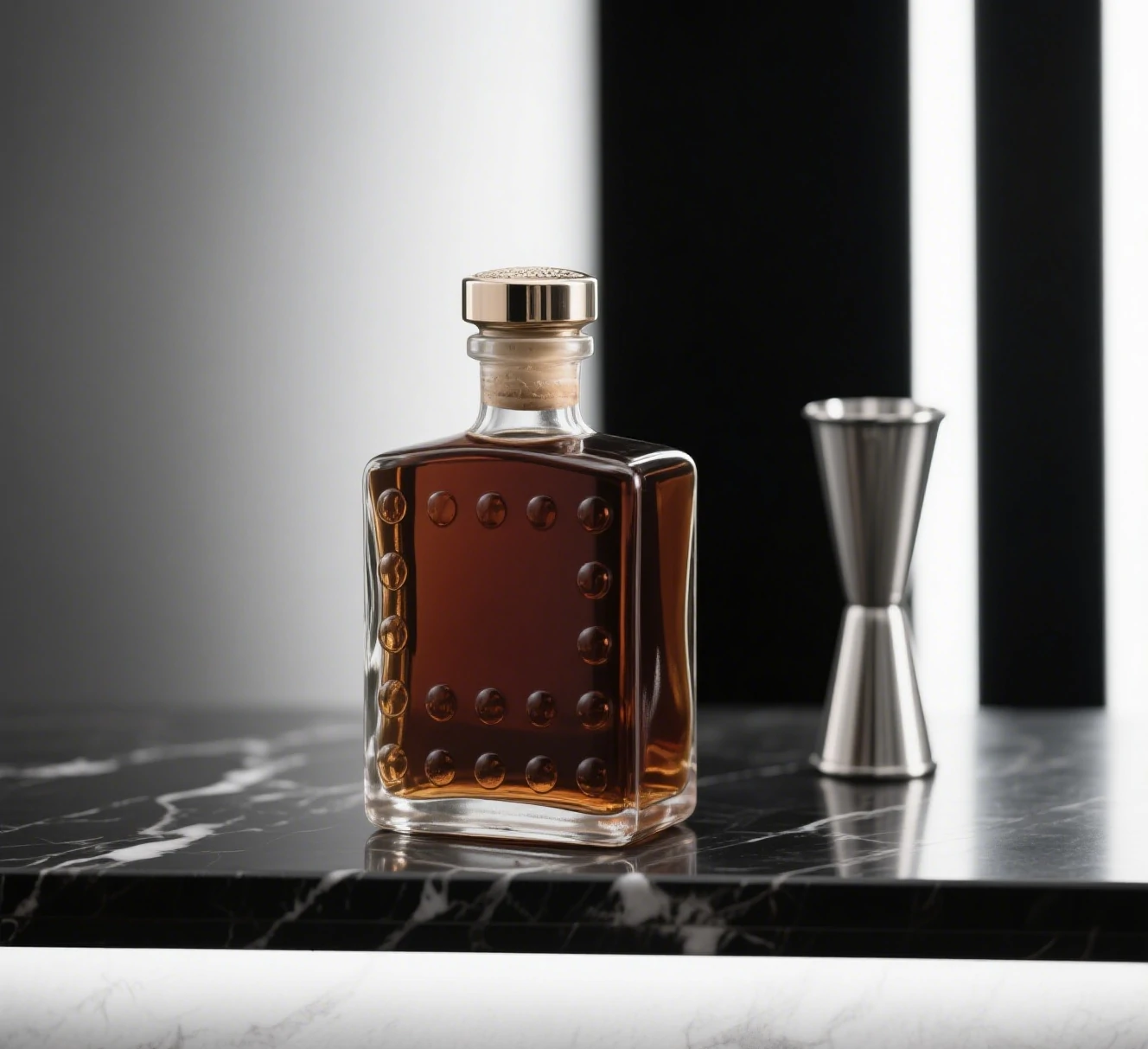
-
Functional & Informational Elements:
-
Fill Level: Impacts bottle proportions and perceived volume.
-
Capacity: Standard sizes (50ml, 200ml, 375ml, 500ml, 700ml, 750ml, 1L) or custom (check regulations).
-
Batch Coding/Lot Numbers: Often laser etched or printed on the bottle/label/capsule.
-
Regulatory Compliance: Mandatory information (ABV, volume, producer/importer, health warnings) must be legible and meet local laws. Integration into design is key.
-
Key Considerations When Customizing:
-
Brand Identity: Every element (shape, color, label, closure) must reinforce your brand story, target audience, and price point (e.g., heavy embossed bottle vs. light eco-bottle).
-
Minimum Order Quantities (MOQs): Significantly impact cost per unit. Stock bottles have lower MOQs (5k-10k). Custom molds require very high MOQs (50k-100k+). Decoration complexity also affects MOQs.
-
Cost: Balance aspirations with budget. Custom molds, complex decoration (embossing, foils, direct print), and premium closures add cost. Get detailed quotes.
-
Lead Times: Stock bottles: 8-16 weeks. Custom molds: 6-12+ months. Complex decoration adds time. Plan far ahead.
-
Functionality: Does the bottle pour well? Is the closure easy to open and reseal? Does it protect the spirit? Does it fit standard filling lines?
-
Sustainability: Increasingly important. Consider:
-
Lightweighting (less glass).
-
Recycled glass content (often requires flint).
-
Recyclable labels & closures (avoid complex laminates/mixes).
-
Biodegradable/compostable materials (labels, capsules).
-
Refill programs (requires durable design).
-
-
Supply Chain: Partner with reputable glass manufacturers and decorators. Consider geographical location for shipping costs/lead times.
How to Get Started:
-
Define Your Vision: Mood boards, brand guidelines, competitor analysis.
-
Set Budget & Volume: Realistic expectations are crucial.
-
Consult Experts:
-
Glass Manufacturers: They offer stock catalogs and custom services.
-
Packaging Design Agencies: Specialize in translating brand to physical packaging.
-
Deco Houses: Specialize in labeling, printing, and finishing.
-
-
Request Samples: Essential for evaluating feel, color accuracy, and quality.
-
Prototype: Create physical mock-ups before committing to large production.
-
Factor in Logistics: Ensure bottles fit pallets/cases efficiently and are robust for shipping.
By strategically combining these customization options while carefully weighing the practical considerations, you can create spirit bottles that are not just containers, but powerful, tactile expressions of your unique brand identity on the shelf and in the hand.

